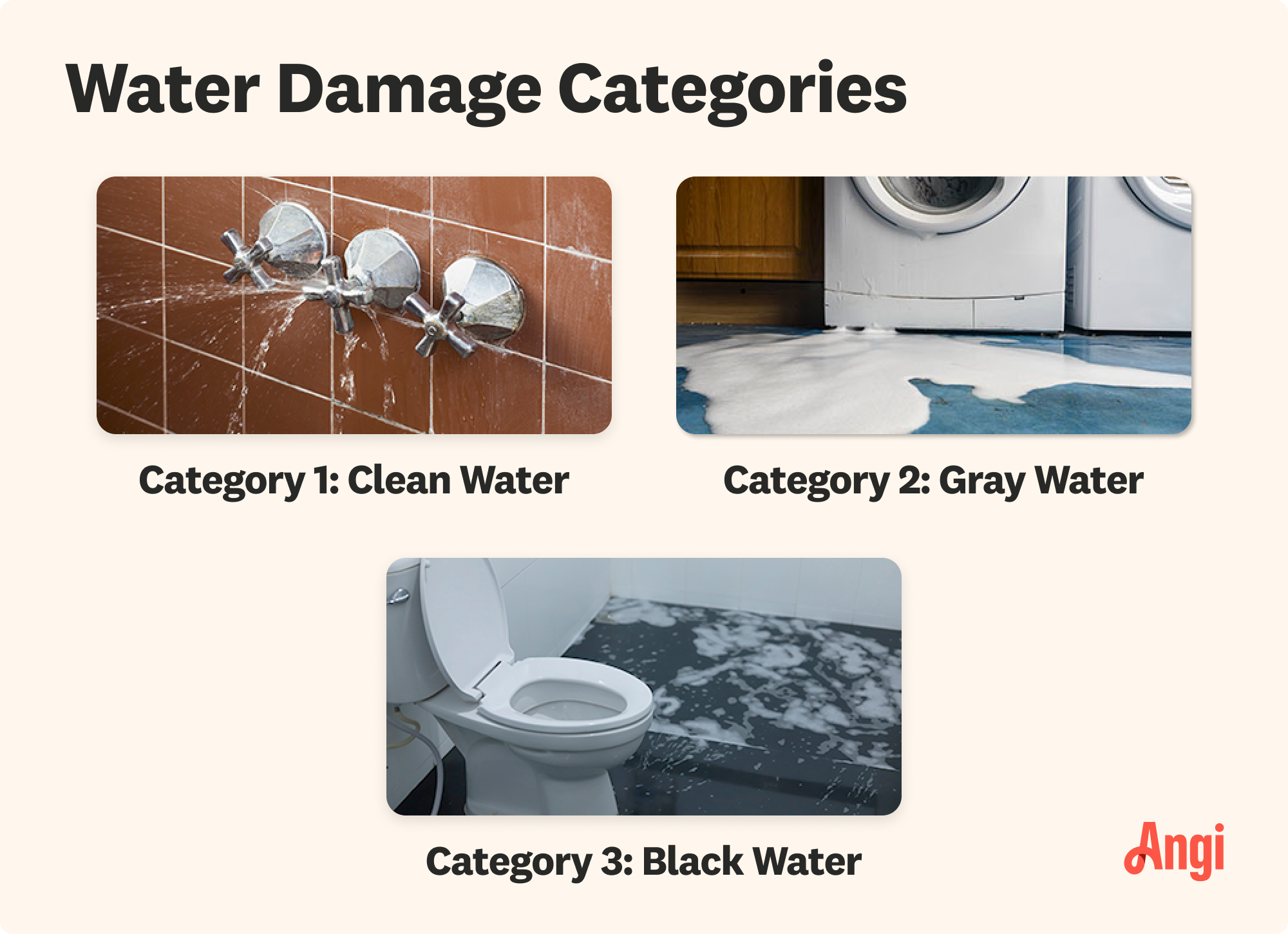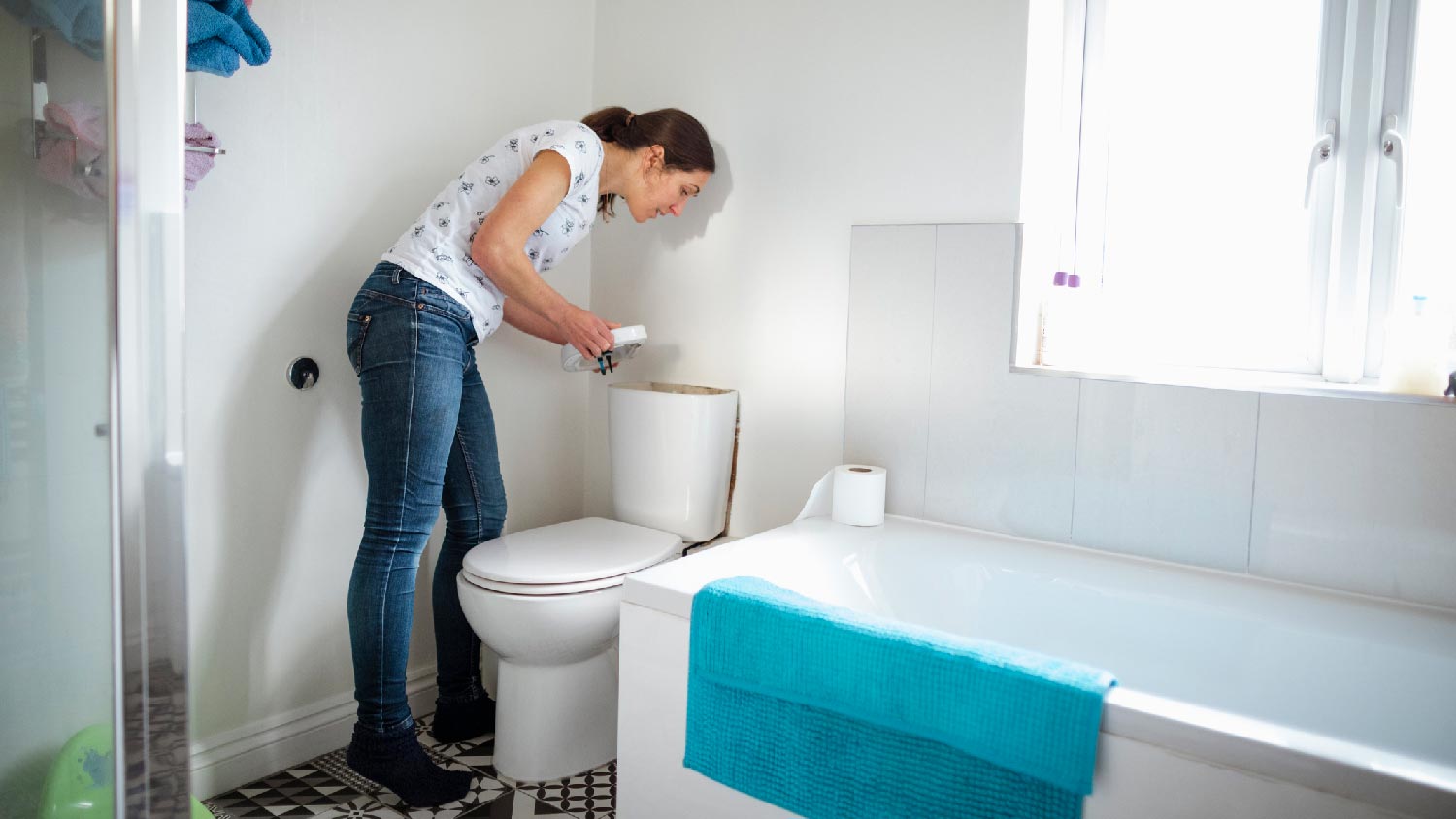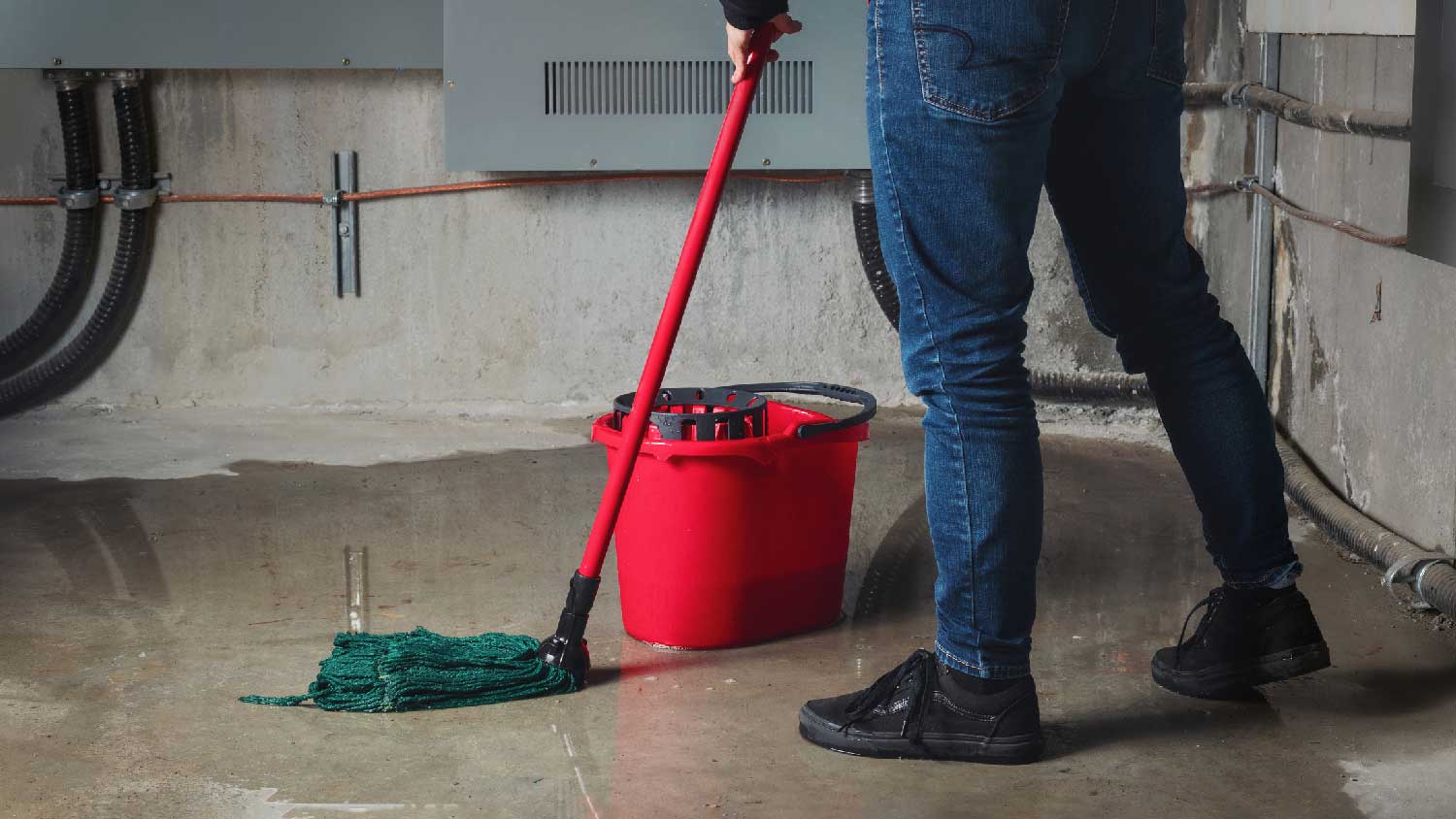Categories of Water Damage: Understanding the Different Types
Is it clean, gray, or black water?


Water damage can be detrimental to your home. There are three categories of water damage: clean water (Category 1), gray water (Category 2), and black water (Category 3). The categories and colors are defined by level of contamination, with Category 1 being harmless to human bodies and Category 3 being unsanitary.

| Categories | Definition | Restoration Method |
|---|---|---|
| Category 1: Clean Water | Sanitary water that does not pose any threat to the human body, such as melted snow water or tap water. | Dry and salvage |
| Category 2: Gray Water | Contaminated water is unsafe for direct human contact or consumption, such as dishwasher overflow. | Requires disinfection |
| Category 3: Black Water | Toxic and unsanitary water poses severe threats to bodily health, such as sewage water. | Replacement of affected walls and floors, full disinfection before restoration |
Category 1: Clean Water
The first water damage category is Category 1, “clean water.” Clean water is water that is toxin-free and safe for the human body. Some examples of clean water damage include:
A leaking water supply line
Leaking water tanks or toilet tanks
Rain
Melted ice/snow
Bathtub overflow
Signs of Clean Water Damage
In most cases, clean water damage is visible: you will see water overflowing from the tap. If a supply line wall is leaking behind it, you may notice paint peeling, stains on the wall and ceiling, or a musty smell.
Clean water damage also often occurs in the basement or around your foundation, as standing water can damage the concrete. Signs of water damage in the basement include fissure lines and surface cracks, discoloration, visible wet spots, and signs of mold growth.
The first thing you should do to mitigate water damage is immediately stop the water source if you can. Remove all the standing water you can see with towels or pumps and dry the affected areas with fans and dehumidifiers. At this point, you'll likely need to call a professional water damage restoration company to fully restore your home.
Harm Level
Category 1 water damage is usually minor and easy to spot, although sometimes it can happen repeatedly and lead to more serious problems. For example, standing water around your foundation from rainwater gathering or snow melting can damage the concrete and compromise its strength, causing cracks, sloping, and even crumbling.
Restoration Method
Category 1 water damage can be restored simply with drying. Since the water does not threaten human health, no additional sanitation or disinfection method is needed. You can easily do this by yourself unless the water damage affects a large area and requires professional tools to ensure thorough drying.
Category 2: Gray Water

Gray water stands for water with significant contamination. This is the equivalent of what is generally considered “dirty water.”
Examples of gray water include:
Dishwater discharge
Washing machine overflow
Hydrostatic pressure seepage
Broken toilets
Broken sump pumps.
Direct exposure to Category 2 water damage caused by gray water may pose certain health concerns, and consumption of gray water can lead to sickness. Category 2 water damage is also the most common category of water damage that happens in one’s home.
Signs of Gray Water Damage
Gray water damage, such as an appliance overflow, is usually visible. For any damage happening behind the walls or floors, look for buckling floors or bubbling ceilings on the floor below, water stains, and traces of mold.
Harm Level
Category 2 water damage is dangerous for human health. If not disinfected, the microorganisms and contaminants in the water can make you sick. If the damage happened in an area with highly absorbent materials, replacing the carpets and cushions may be a better option.
Restoration Method
There are two parts to handling Category 2 water damage: repairing the appliance that went wrong and restoring the damage. Address the water damage first, then contact a repair person to fix or replace the broken appliance.
Category 3: Black Water
Category 3 water damage is caused by black water, or water that is highly contaminated and eminently dangerous to human health. In most cases, your sewage water is the cause behind Category 3 water damage.
Signs of Black Water Damage
The first sign of black water damage is the odor. Since black water is highly contaminated sewage water, you will immediately notice a stench in the house if a leak or backup has happened.
Harm Level
Category 3 water damage is the most harmful and hazardous category and must be taken seriously.
Restoration Method
Category 3 water damage is highly toxic and dangerous and should only be handled by professionals. Hire a plumber to address any sewage backup and pipeline issues. While an emergency plumber can cost from $150 to $300 per hour, it is crucial to remove black water and address the drainage issue as soon as possible to protect your health. The plumber will usually clean up any standing water for you.
Once the plumbing issue is addressed, hire a water damage restoration company to complete disinfection and repair. Depending on the scope of the damage, your pro might need to remove sections of walls, lino, tiles, or flooring affected by the water.
Category Deterioration
It is important to address water damage as soon as possible because Category 1 water damage can deteriorate into Category 2 and 3 if left untreated. For example, water standing for more than 24 hours becomes contaminated with microorganisms. Clean water may also come into contact with gray or black water if left unattended.
Does Home Insurance Cover Water Damage?
The first thing to do after water damage is to contact your insurance policyholder. Generally, your home insurance policy will cover sudden, unexpected water damage from inside the house but not flooding or damage caused by negligence or lack of maintenance.
Also, in the case of Category 2 water damage, the appliance that caused the problem is not covered by your insurance policy. Instead, any appliances would be covered by your home warranty.
How to Choose the Right Water Damage Restoration Company

Choosing the right water damage restoration company is crucial to getting the job done right without breaking the bank. Below are a few questions to ask your pro before signing an agreement:
Do you have experience communicating with the insurance company on the homeowner’s behalf?
Do you charge an inspection fee?
Are you licensed and insured?
Can you give me a ballpark estimate?
How long will the job take?
Can you provide past referrals or testimonials for similar projects?
Can I Treat Water Damage Myself?
Category 1 water damage is often treatable by yourself unless it's structurally related. All you need to do is make sure everything affected by the water dries completely. In some cases, you can also take care of Category 2 water damage, mainly Class 2 damage yourself, with store-sold disinfectant and laundry detergent.
Category 3 water damage and anything that affects your floors, walls, and ceilings should always be handled by a professional. Depending on when you discover the water damage, you may also need to hire a mold restoration specialist.
How to Prevent Water Damage
There are a few things you can do to prevent water damage, including:
Regular maintenance on all appliances using water, including connecting pipelines.
Insulate outdoor pipes to avoid freezing and fracture.
Look for root growth in your pipes and address the issue early.
Clean your gutters regularly.
Consider installing leak detectors or water sensors.
You can also waterproof your cement basement, install vapor barriers, or install a French drain around the foundation to further prevent flooding and standing water from forming.





- Complete Guide to the Water Damage Restoration Process
- What to Do After Water Damage in Your House and Why Act Fast
- Water Damage Restoration Checklist: 8 Steps to Save Your Home After a Flood
- Water Damage Cleanup Guide: How to Restore Your Home Quickly After a Flood
- What Does Water Damage Look Like? Key Warning Signs
- Who to Call for Home Flooding Problems
- How Mold and Water Damage Affect Paint
- Can Standing Water Damage Your Foundation?
- Can Hard Water Ruin Your Appliances?
- What's the Difference Between Well Water and City Water?











